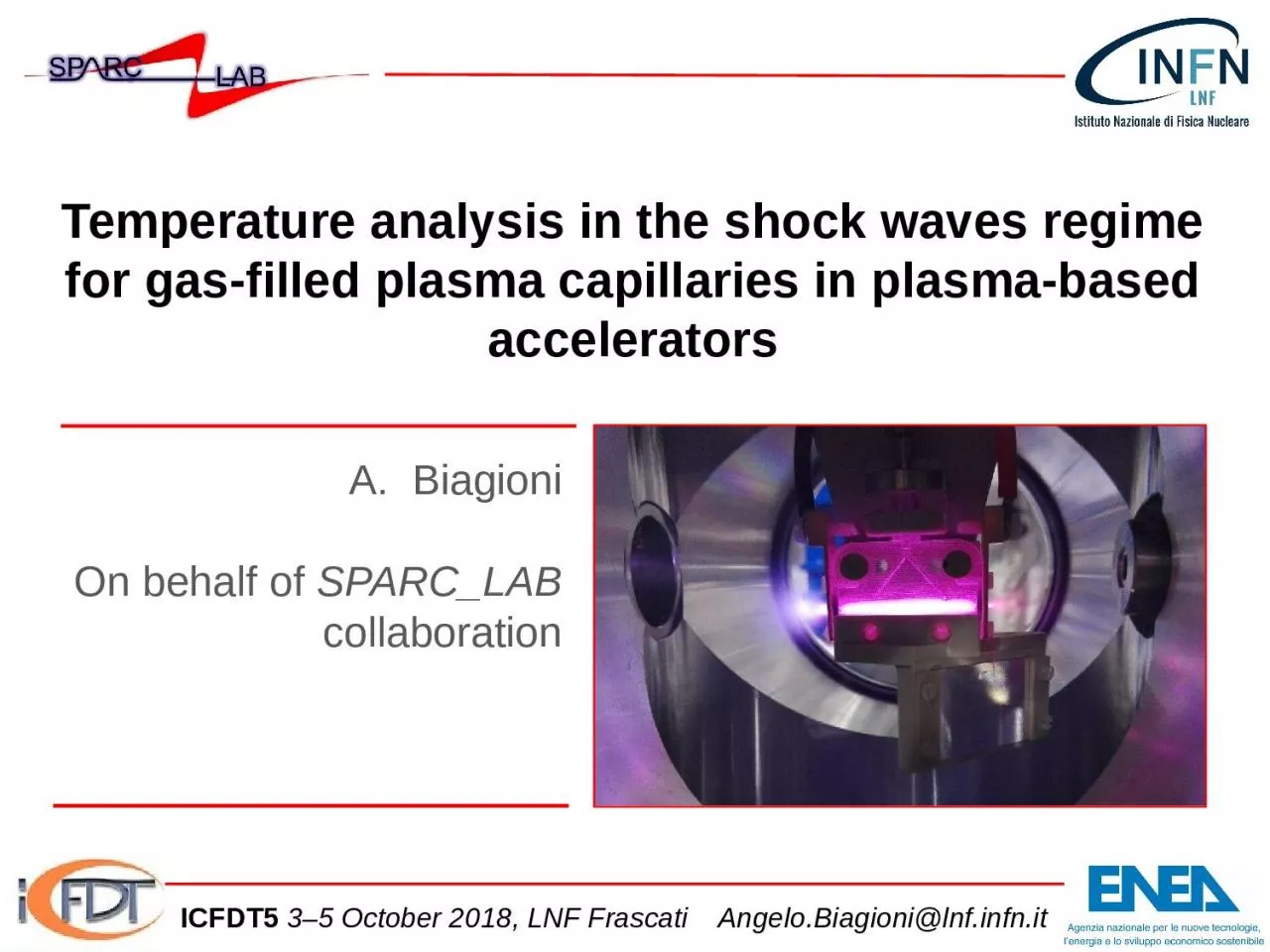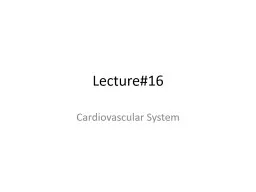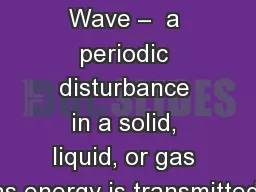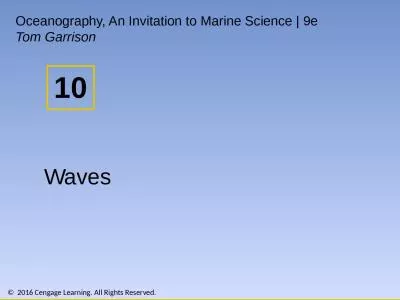PPT-Temperature analysis in the shock waves regime for gas-filled plasma capillaries in plasma-based
Author : hadley | Published Date : 2024-01-29
Biagioni On behalf of SPARCLAB collaboration ICFDT5 35 October 2018 LNF Frascati AngeloBiagionilnfinfnit Outline ICFDT5 35 October 2018 LNF Frascati AngeloBiagionilnfinfnit
Presentation Embed Code
Download Presentation
Download Presentation The PPT/PDF document "Temperature analysis in the shock waves..." is the property of its rightful owner. Permission is granted to download and print the materials on this website for personal, non-commercial use only, and to display it on your personal computer provided you do not modify the materials and that you retain all copyright notices contained in the materials. By downloading content from our website, you accept the terms of this agreement.
Temperature analysis in the shock waves regime for gas-filled plasma capillaries in plasma-based: Transcript
Download Rules Of Document
"Temperature analysis in the shock waves regime for gas-filled plasma capillaries in plasma-based"The content belongs to its owner. You may download and print it for personal use, without modification, and keep all copyright notices. By downloading, you agree to these terms.
Related Documents














